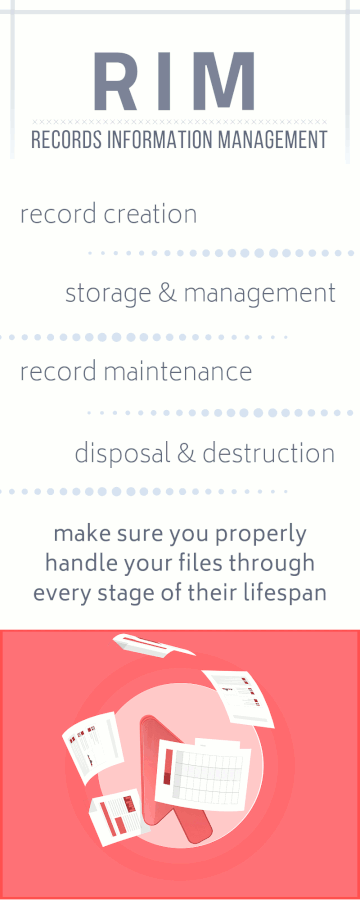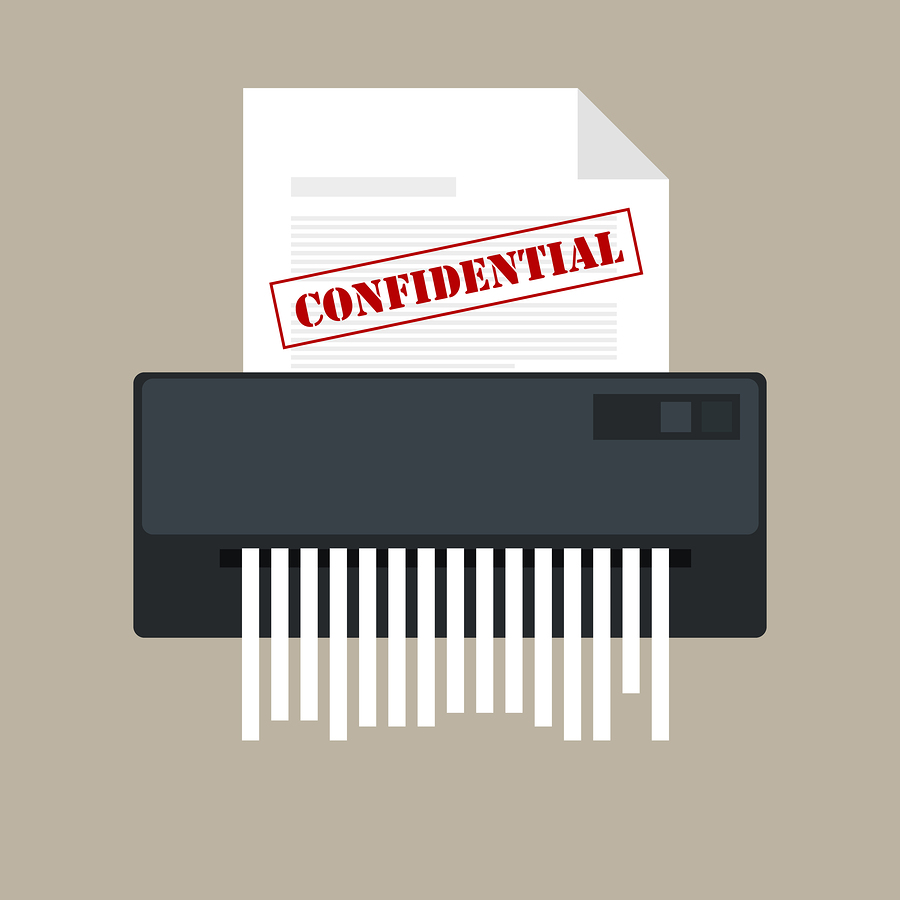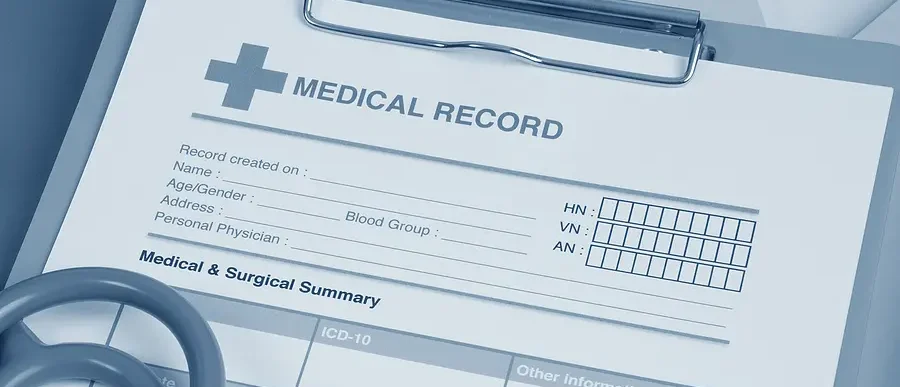
A RIM program is a system for managing records throughout their lifespan, stretching from their initial creation to their eventual destruction and everywhere in between.
In this video or blog below, learn more about the value of records information management. In addition, learn why it’s important along with a walkthrough of the key parts of the record life cycle.
Defining Records Information Management
A records information management (RIM) program involves a system for the administration of records throughout their lifespan, including their creation, management, maintenance, and eventual disposal. The primary goal of RIM is to ensure that businesses are effectively and efficiently managing information and records throughout their lifecycle.
Why RIM Is Important
RIM programs help businesses improve records management in several ways, including:
- Implementing efficient and effective information to support and streamline everyday workflow.
- Facilitating and maintaining record organization as well as legal requirements and compliance.
- Ensuring storage, management, and disposal of records to protect sensitive records at the end of their life.
The RIM Life Cycle
 RIM involves creating and implementing a system for directing and controlling the life cycle of records from their creation until they’re archived or destroyed.
RIM involves creating and implementing a system for directing and controlling the life cycle of records from their creation until they’re archived or destroyed.
The key steps to a records information management system include:
- Creation
- Storage and Management
- Maintenance and Tracking
- Destruction and Disposal
Record Creation
As the name implies, the RIM life cycle begins with the initial creation of records and any other forms of documentation of business events.
To be more specific, the types of records that fall under the umbrella of records information management typically include:
- Contracts
- Reports
- Paper and digital files
- Emails and messaging logs
- Memos
- Marketing materials
- Database records
- Industry-specific documentation (e.g. PHI on health care)
How to Store & Manage Records
There are two primary options for records storage and management—hard-copy storage or digital files with electronic management systems. To find the best system, you need to consider your business’s specific needs.
For example, when you need to keep records that you barely use, storing the hard copies off-site will be cheaper than scanning them while still freeing up the space that a paperless office can provide.
On the flip side, when files are regularly used and distributed, using an electronic document management system helps to save on supply costs like paper and printer ink in addition to opening up old storage space for more productive purposes instead.
Maintaining Records
In some cases, when files are outdated or unneeded, they can be immediately disposed of. However, some records are legally required to be stored and managed.
Retention laws define set periods that certain types of information need to be disposed of, making it important that there’s a system in place for tracking active records to stay organized and compliant.
Destroy & Dispose of Records

When records reach the end of their retention period, the RIM program ends with disposal.
The most common and secure method is shredding old documents and hard drives before throwing them out.
It’s done for several reasons including compliance with disposal laws. Additionally, mobile or drop-off shredding services are convenient and secure. They will ensure that your documents can be irretraceable.
Need Help Implementing a RIM Program?
Join Amazon, Google, and other companies we’ve helped to implement RIM programs using records storage, scanning, and shredding when you visit us at Record Nations today.
We have locations all across the United States to serve your record management needs. Fill out the form, use the live chat, or give us a call at (866) 385-3706. Within minutes of receiving your request, you will have free quotes from experts in your area who can help you.












